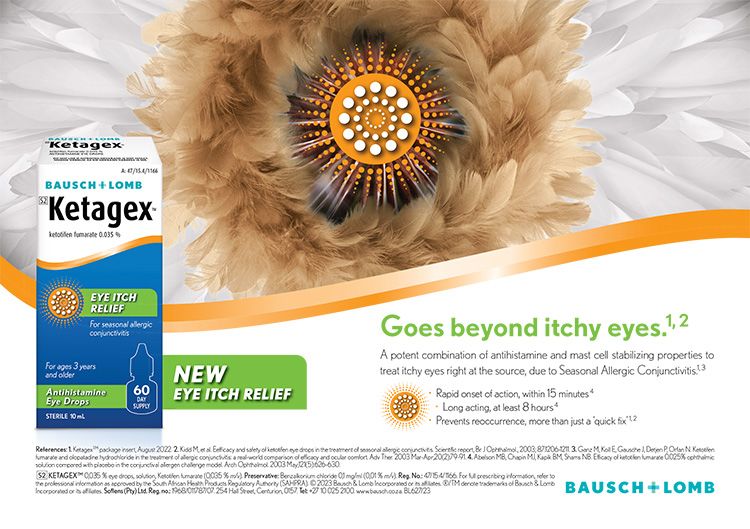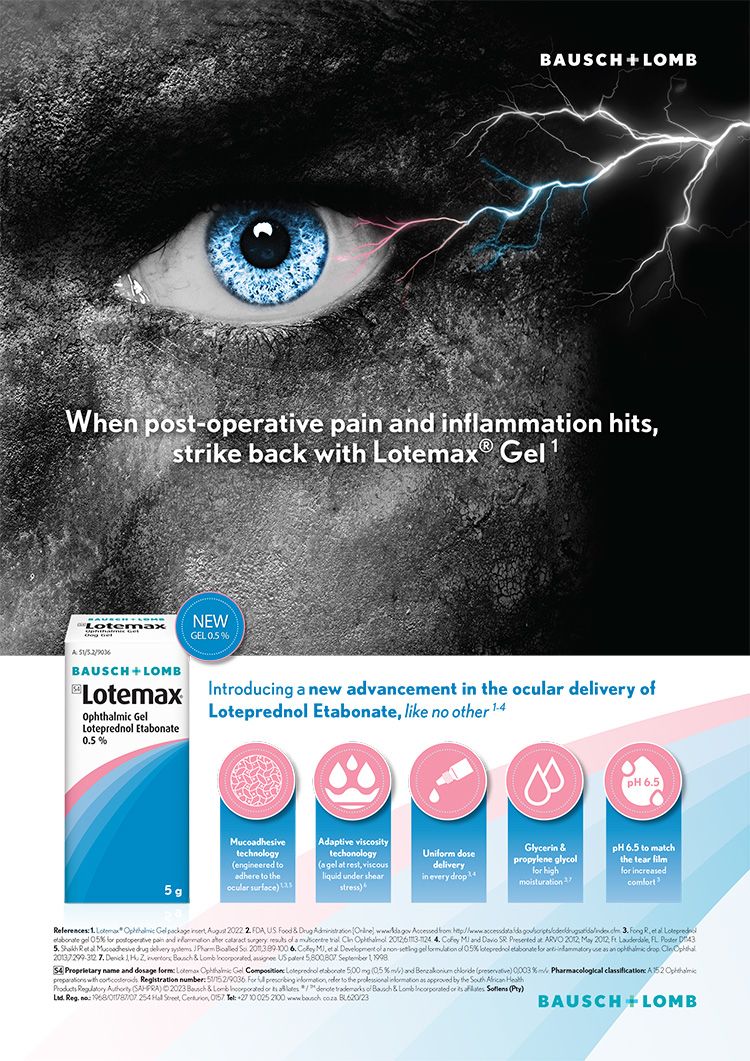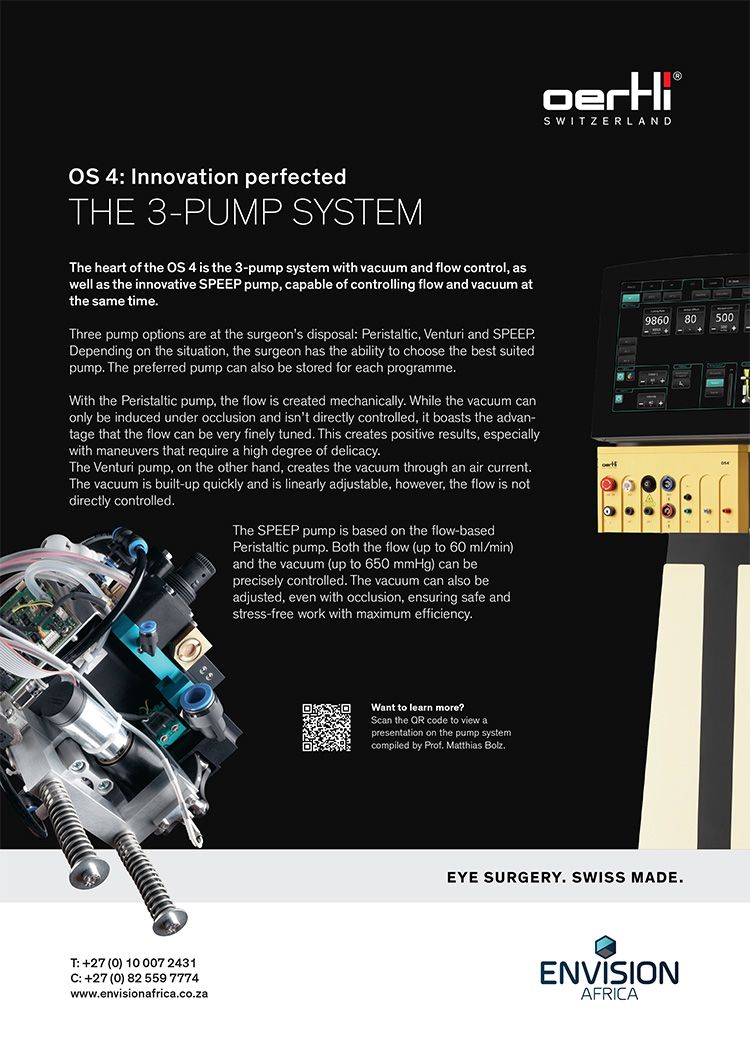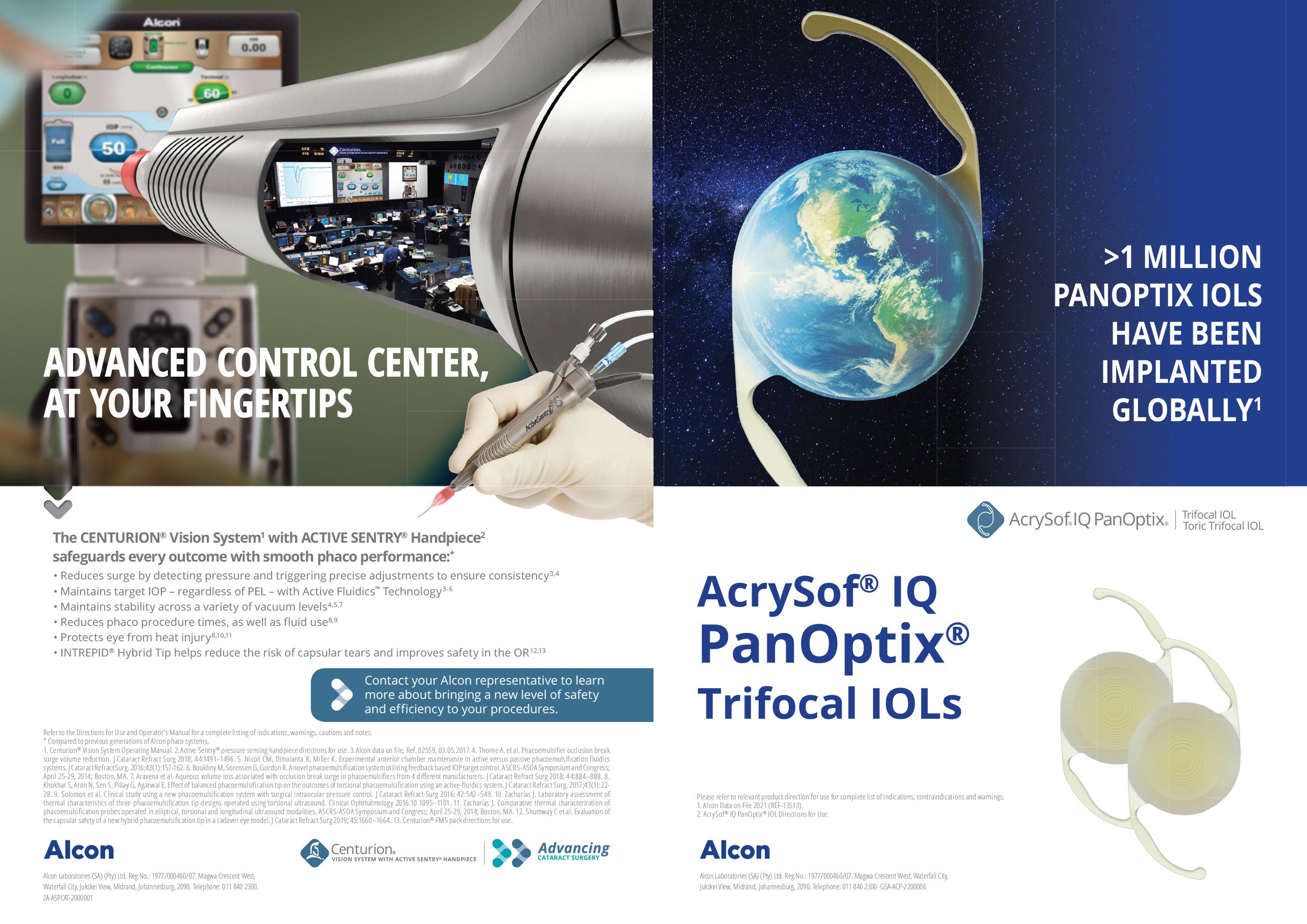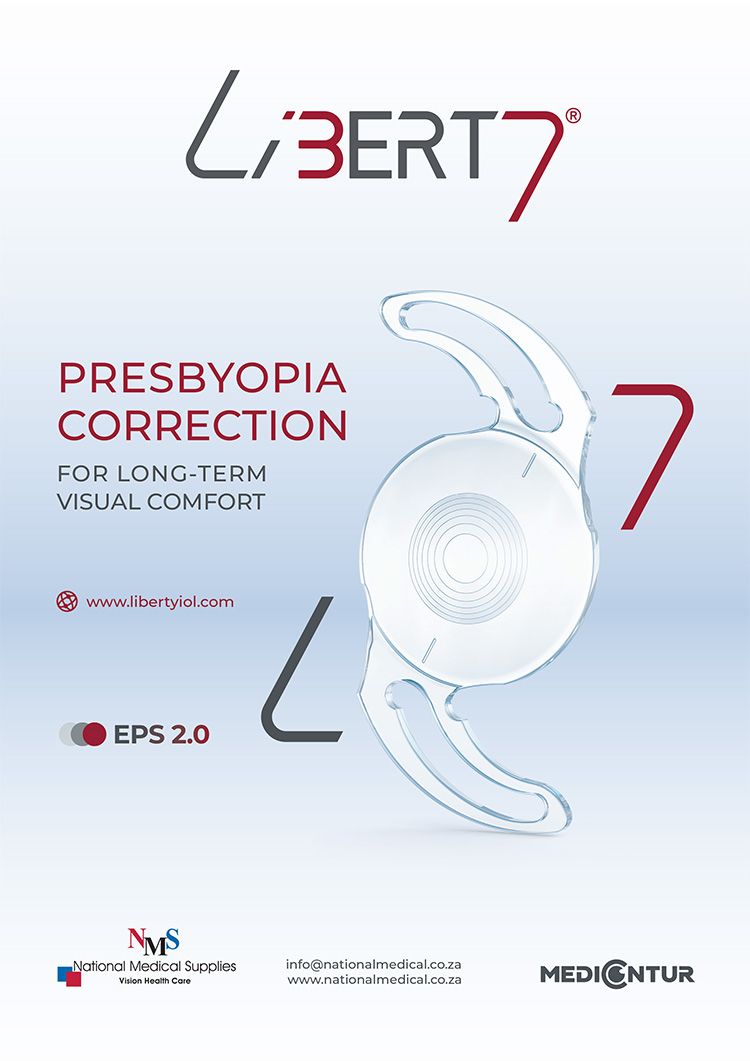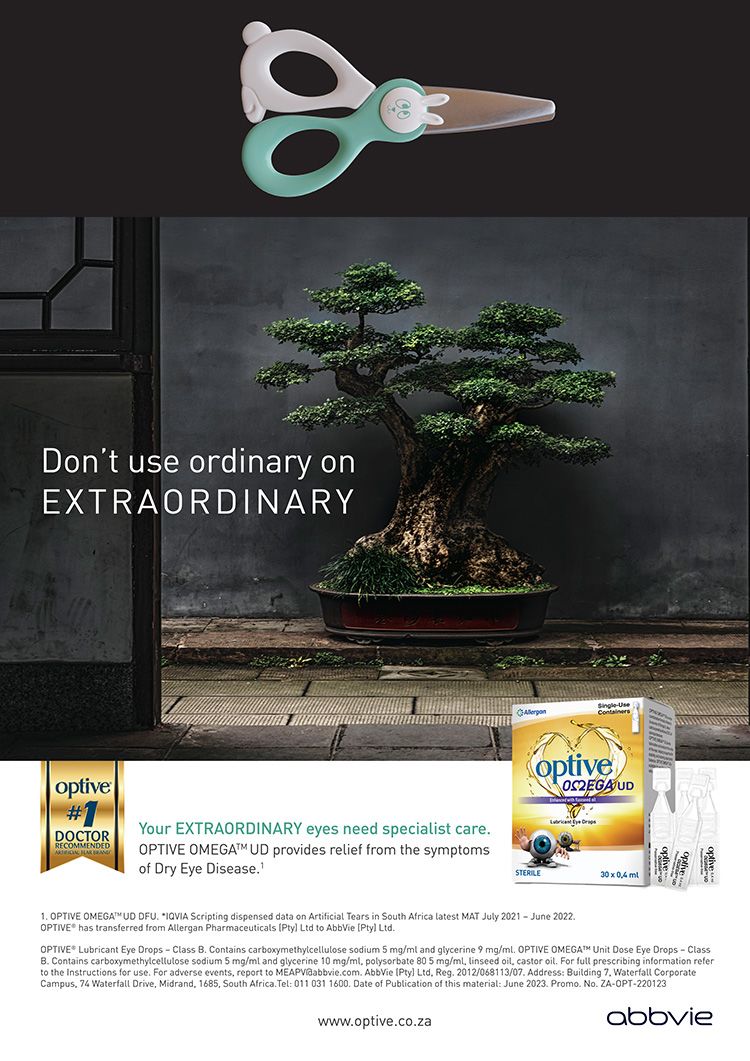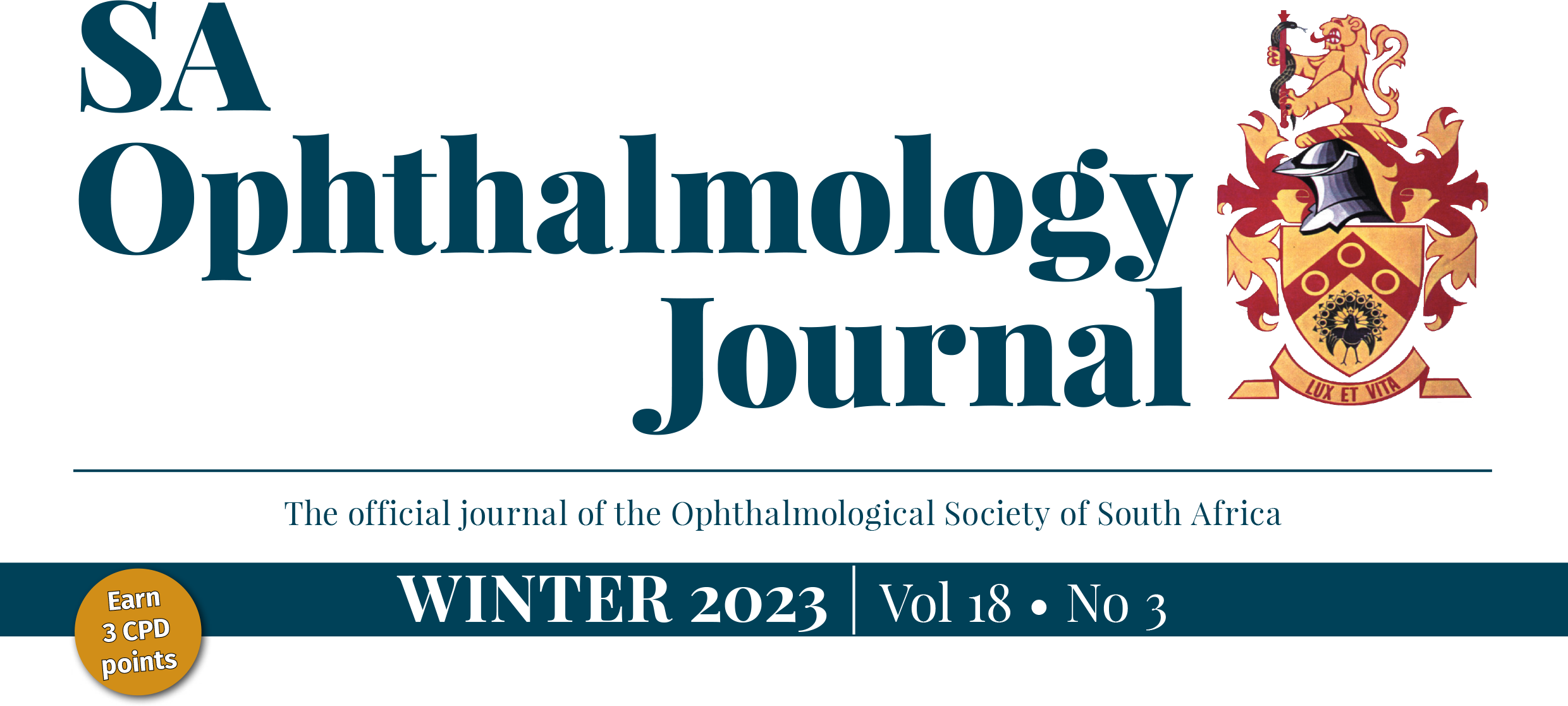
AI toggies

Photo credit: Shutterstock.com
Photo credit: Shutterstock.com
Artificial intelligence (AI) is quickly invading our collective consciousness, and its potential applications in ophthalmology are widespread. It made its first appearance locally in our 2023 Summer issue, with the article ‘Artificial intelligence in detecting referable diabetic retinopathy in SA’, by Dr’s Abdoola and Kruse. Dr Novis also drew focus to it in Clive’s Corner, with a poem on cataract surgery instantly composed for him by ChatGPT. For many, AI is hailed as the 4th industrial revolution, or ‘a printing press moment’ in our history. New AI tools have been unleashed into the public sphere and even their developers have been astonished by their capabilities. In its current phase, machine learning is highly adept at writing text, drawing images, composing music and writing code. It has claimed mastery of language, which is the operating system of human civilization – in the beginning was the Word.
In ophthalmology, deep learning (DL) has been applied in ocular imaging, principally in fundus photography and optical coherence tomography.1 The main conditions where it has been used include diabetic retinopathy, glaucoma, age-related macular degeneration and retinopathy of prematurity. Its primary benefit here is in the screening for these diseases, which we know requires vast manpower and financial healthcare resources. The use of DL, coupled with telemedicine, promises to be a long-term solution for the screening and monitoring of patients across the spectrum of eye care settings. On the not-too-distant horizon, we can imagine the advent of robotics and cybersurgery in ophthalmology, with precedents already being set by other surgical specialties aided by the Da Vinci robotic system.2 Our enthusiasm should be tempered however, because along with the prospect of AI comes a stern health warning.
In a speech at the Frontiers Forum in May 2023 on ‘AI and the Future of Humanity’, Israeli intellectual and historian, Professor Yuval Noah Harari elaborates on its potential risks. For four billion years earth has contained organic life forms. Soon it may contain inorganic life forms, or agents. But it is assumed that before AI can pose a significant threat to humanity, it needs to conquer two milestones:
- Sentience – consciousness, feelings, emotions.
- Navigation of the physical world with the dexterity of humans.
Thankfully neither of these milestones have been reached. However, this ‘alien’ intelligence has already confronted us with deep faking and bots that develop intimate and influential relationships with humans. Humans exist in cultural cocoons and AI can weave a new culture. We may be lured into experiencing reality through a prism produced by non-human intelligence. A single AI advisor could foreseeably become a ‘one stop oracle’ for the source of all information. So in a bid to halt the irresponsible deployment of AI, OpenAI’s CEO, Sam Altman, was called to a US Senate hearing in May 2023, where he urged Congress to impose new rules on Big Tech. This, despite deep political divisions which for years have blocked legislation aimed at the regulation of the internet.
Closer to home, Professor of Education at the University of Stellenbosch, Dr Jonathan Jansen addresses the panic that the AI revolution is causing.3 Educators are scrambling to protect the integrity of student assessments and assignments from computer-generated content, and sophisticated machine detection devices, like Turnitin, are far from fool proof. However, Jansen believes this has provided a much-needed shake-up of assessment regimes within South Africa. ‘Most teachers have forgotten that the purpose of assessment is to gauge whether profound learning has occurred, complex concepts are understood, and new knowledge can be applied.’ For this reason, there has been a move away from simple factual recall and memory work. What is now encouraged is original, adaptive and innovative thinking. ‘Whatever you teach, find ways within the contours of your discipline not to ask dummy questions, but to challenge students with complex assessment tasks that would confound what, after all, is just a machine.’
For ophthalmologists, the most important thing is to prepare our workforce for AI-related skills, through training and education. AI-based systems may become a key asset in streamlining the screening, staging and treatment of sight-threatening eye conditions, offloading the most tedious tasks from the experts, allowing for a greater population coverage, and bringing the best possible care to patients.4 So in five years’ time, when your tranquillity on a virtual reality beach in Hawaii is interrupted by your Clin Tech complaining that your high-volume Catalasik© robot is on the blink, there is no need to panic. Simply ask, ‘Have you tried turning it off and on again?’
References
- Ting DSW, Pasquale LR, Peng L, et al. Artificial intelligence and deep learning in ophthalmology. Br J Ophthalmol. 2019;103(2):167-175.
- Alafaleq M. Robotics and cybersurgery in ophthalmology: a current perspective. J Robot Surg. 2023;1-12.
- Jonathan Jansen. An Educated Guess. Eastern Cape Herald. 20 April 2023, 13.
- Benet D, Pellicer-Valero OJ. Artificial intelligence: the unstoppable revolution in ophthalmology. Surv Ophthalmol. 2022;67(1):252-270.

Prof Christopher Tinley FRCOphth(London) Assistant editor: South African Ophthalmology Journal
Prof Christopher Tinley FRCOphth(London) Assistant editor: South African Ophthalmology Journal
South African Ophthalmology Journal guidelines for authors
The SA Ophthalmology Journal is a peer-reviewed scientific journal and the official mouthpiece of the Ophthalmological Society of South Africa. It appears on a quarterly basis.
- The South African Ophthalmology Journal invites review articles, original studies and case reports for submission. Articles should be the original, unpublished work of the stated author. All materials submitted for publication must be submitted exclusively for publication in this journal. Written permission from the author or copyright holder must be submitted with previously published figures, tables or articles. Authors are solely responsible for the factual accuracy of their work.
- A cover sheet is to be submitted with each manuscript. It should contain the title of the manuscript, the names of all authors in the correct sequence, their academic status and affiliations. The ORCID ID number for each author should be supplied (https://orcid.org/).
The corresponding author should include his/her name, address, phone and email address. - Articles should be between 2 000 and 3 000 words in length. A 200-word abstract should state the main conclusions and clinical relevance of the article. Use the headings Background, Methods, Results and Conclusion. Five keywords are to be supplied at the end of the abstract.
- Authors should declare any interests, financial or otherwise, regarding the publication of their article, under the headings of Funding and Conflict of interest. If none, this should be stated. An ethics statement regarding patient consent and/or Ethics Board approval should be included. Authors should also indicate whether the submission forms part of an ‘MMed dissertation by publication’ by stating so clearly on the title page.
- All articles are to be in English and are to follow the Vancouver style of referencing. References should be numbered consecutively in the order that they are first mentioned in the text and listed at the end in numerical order of appearance. Identify references in the text by Arabic numerals in superscript after punctuation, e.g. … trial.13
- The following format should be used for references:
Articles: Kaplan FS, August CS, Dalinka MK. Bone densitometry observation of osteoporosis in response to bone marrow transplantation. Clin Orthop 1993;294:173-78.
Chapter in a book: Young W. Neurophysiology of spinal cord injury. In: Errico TJ, Bauer RD, Waugh T (eds). Spinal Trauma. Philadelphia: JB Lippincott; 1991: 377-94. - Tables should carry Roman numerals,
I, II etc., and illustrations Arabic numbers 1, 2 etc. - Abbreviations and acronyms should be defined on first use and kept to a minimum.
- All figures, tables and photographs should also be submitted electronically. Each figure must have a separate self-explanatory legend. The illustrations, tables and graphs should not be embedded in the text file, but should be provided as separate individual graphic files, and clearly identified. Photographs should be saved as a 300 dpi JPEG file. Graphs and algorithms, which need to be editable, should be saved as MS Word documents or in PowerPoint. Tables should be saved either in MS Word or in a PowerPoint document. Photographs and X-rays need to be suitably anonymised. Permission should be obtained for the use of patient photographs.
- Articles are to be submitted by email to the Editor-in-Chief, Prof Nagib du Toit at the following email address: journaleditor@ossa.co.za The text should be in MS Word. Pages should be numbered consecutively in the following order wherever possible: Title page, abstract, introduction, materials and methods, results, discussion, acknowledgements, tables and illustrations, references.
- The Editor reserves the right to shorten and stylise any material accepted for publication.
- For all accepted articles, authors will be requested to provide five (5) multiple choice CPD questions related to their paper.
- Authors are to insert the following copyright notice on their article submissions:
Copyright © 2022 [insert the Author(s) name(s)].
All rights reserved. Copyright subsists in the Author of this work. No part of this article or included photographs may be reproduced, published, performed, broadcast, transmitted or adapted in any form or by any electronic, mechanical or other means without the written permission of the copyright holder. This article is published by New Media, a division of Media24 (Pty) Ltd with consent of the Author. Any unauthorised reproduction, publishing, or adaption of this work will constitute copyright infringement and render the doer liable under both civil and criminal law.
Contents - Academic
FROM THE EDITOR
AI toggies
N du Toit
GUIDELINES FOR AUTHORS
REVIEW ARTICLE
Management of the painful blind eye: An update
L Branders, A Asvat
ORIGINAL STUDY
Outcomes of uveitic cataract surgery in a cohort of South African children
C Kennedy, J Steffen, C Tinley
Histopathological spectrum of conjunctival lesions at St John Eye Hospital
T Mofokeng
Unadjusted versus adjusted intraocular pressure for central corneal thickness in healthy Congolese subjects
J Kelekele, J Mwanza
Treatment outcomes with micropulse transscleral cyclophotocoagulation in refractory and non-refractory glaucoma in a South African context: a retrospective analysis of 163 eyes
N Narainswami, C Kruse
Contents - Social
MESSAGE FROM THE PRESIDENT
The redundancy of history: A perspective from ophthalmology and medicine
F Moti
CLIVE’S CORNER
Ethics is not only about morality
C Novis
CONGRESS NEWS
OPHTHALMOLOGY AND PHILATELY
Eyes on the future: Ophthalmology conferences and collaborative networks
J Surka
CONTINUING PROFESSIONAL DEVELOPMENT (CPD)
New FDC levofloxacin-dexamethasone for post-cataract surgery: A potential turning point
BOOK REVIEW
What have you changed your mind about?
Author: John Brockman
Reviewer: Clive Novis
SA Ophthalmology Journal
The official journal of the Ophthalmological Society of South Africa
ISSN: 2218-8304
Editor-in-Chief
Prof Nagib du Toit | journaleditor@ossa.co.za
Assistant editors
Prof Christopher Tinley | christopher.tinley@uct.ac.za
Dr Naseer Ally | naseerally@gmail.com
Managing Editor
Gill Abrahams | 082 330 9540 | Gill.Abrahams@newmedia.co.za
Layout & Design: Allison McCallum
Advertising Sales
Charissa Piek | 063 281 1205 | charissa.piek@newmedia.co.za
Expert Board
Professors:
Trevor Carmichael, Colin Cook, Nagib du Toit, Priscilla Makunyane, Ismail Mayet, Aubrey Makgotloe, Christopher Tinley, Linda Visser, Susan Williams
Doctors:
Eric Albrecht, Hassan Alli, Naseer Ally, Stephen Cook, Linett du Toit, Leonard Heydenrych, Roland Hollhumer, Mpopi Lenake, Hamzah Mustak, James Rice, Tshilidzi van der Lecq
Subscriptions
Felicity Garbers felicity.garbers@newmedia.co.za
Local incl. VAT R80,00 per annum
Publishing Team
General Manager: Dev Naidoo
Group Account Director B2B: Johann Gerber | Johann.Gerber@newmedia.co.za
Production Manager: Angela Silver
Art Director: David Kyslinger
Digital Manager: Varushka Padayachi
Contact
New Media Johannesburg
Ground Floor, 272 Pretoria Avenue, Randburg 2194
Tel: 011 877 6111 Fax: 011 713 9024
Postal Address: PO Box 784698, Sandton 2146
www.medicalacademic.co.za
Printing: Printed and bound by CTP Printers
Published by New Media, a division of Media24 (Pty) Ltd
Management team
CEO: NewMedia: Aileen Lamb
Commercial Director: Maria Tiganis
Strategy Director: Andrew Nunneley
Chief Financial Officer: Venette Malone
CEO: Media24: Ishmet Davidson
Head office
8th floor, Media24 Centre, 40 Heerengracht, Cape Town 8001
PO Box 440, Green Point, Cape Town 8051
Tel: +27 (0)21 406 2002
www.newmedia.co.za


